Cleaning products are substances used to remove dirt, including dust, stains, bad smells, and clutter on surfaces. Purposes of cleaning products include health, beauty, removing offensive odor, and avoiding the spread of dirt and contaminants to oneself and others. Some cleaning products can kill bacteria (e.g. door handle bacteria, as well as bacteria on worktops and other metallic surfaces) and clean at the same time. Others, called degreasers, contain organic solvents to help dissolve oils and fats.
Disinfectants and sanitizers significantly reduce the amount of germs on hard nonporous surfaces to stop the germs from spreading, but they may not completely destroy or eliminate these organisms. They also kill most pathogens and disease-causing microscopic organisms on surfaces to lower the risk of transmitting infection.
These cleaning products are commonly used in homes, hospitals, schools, office buildings, restaurants, and hotels...
Sanitizer
Cleans
Kills Virus
Anti Bacteria
Eliminates Spots
Characteristics:
| - Super clean. |
| - Bleach - Eau de Javel. |
| - Manual dishwashing liquid. |
| - Automatic dishwasher gel. |
| - Hand liquid soap. |
| - Disinfecting liquid. |
| - Household degreaser. |
| - Industrial degreaser. |
| - Toilet cleaning. |
| - Sanitizer. |
| - Glass cleaner. |
| - Household & industrial fabric softeners. |
Know the difference between cleaning, disinfecting, and sanitizing. Cleaning removes germs, dirt, and impurities from surfaces or objects. ... Sanitizing lowers the number of germs on surfaces or objects to a safe level, as judged by public health standards or requirements.
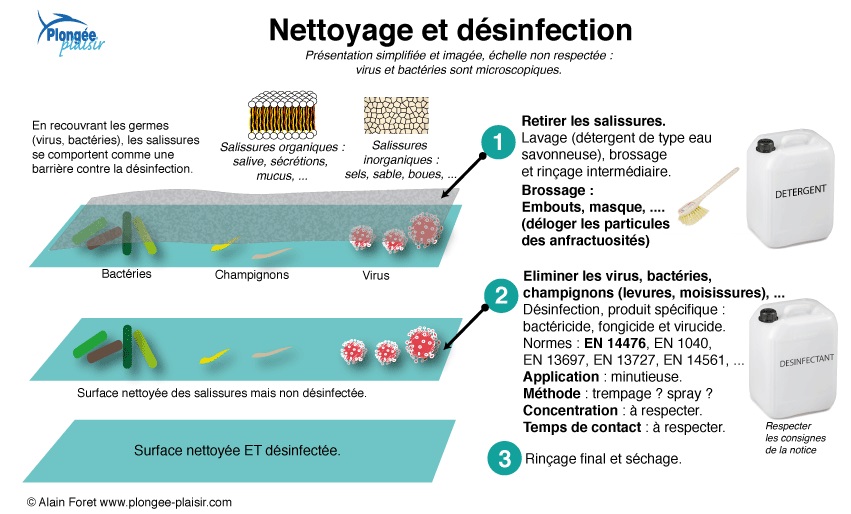
“The reason that you use a wet cloth rather than a dry cloth,” Dr. Flagan said, “is the liquid introduces capillary forces.” The dust will bond to the wet surface, he said. “And then the particle doesn't want to pull off.”
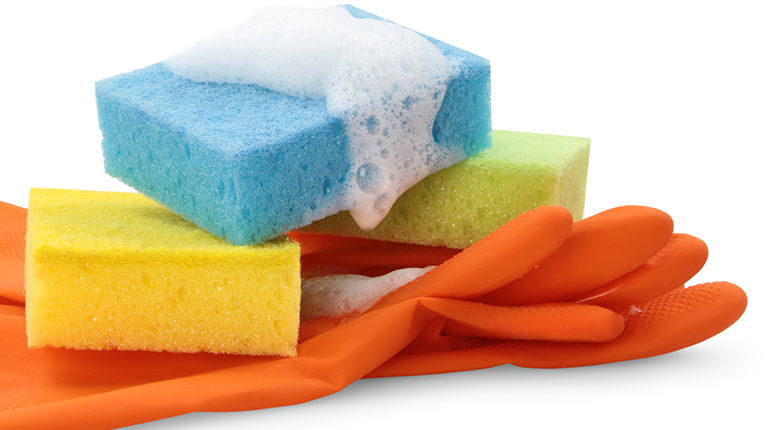
The seven-step cleaning process includes
- Emptying the trash;
- High dusting;
- Sanitizing and spot cleaning;
- Restocking supplies;
- Cleaning the bathrooms;
- Mopping the floors; and hand hygiene and inspection.
- Remove liners and reline all waste containers.
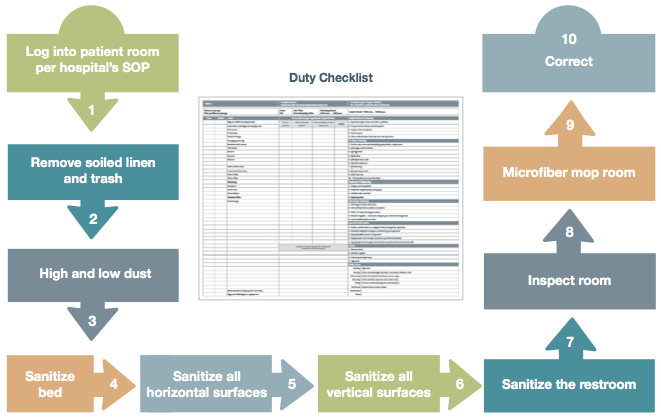
- hoovering and mopping the floors.
- cleaning bathrooms – sink, mirror, bath and toilet.
- Tidying up.
- cleaning the kitchen – wiping down work surfaces, cupboard doors, hob etc.
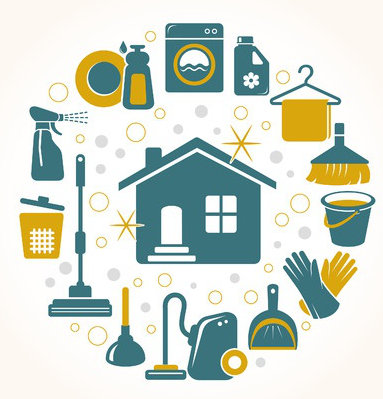
The Three Bucket System
This is a procedure for washing, rinsing, and sanitizing where a different bucket and sponge or mop is used for each task. In washing for example, one bucket with water and soap/detergent, is used only for this purpose and will not be used for rinsing or sanitizing.
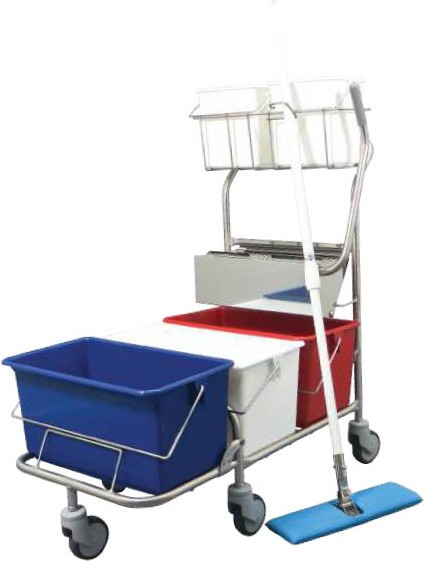
The basics of the two bucket method is one bucket with your shampoo wash solution, and one bucket with plain water for rinsing your wash mitt. Work on the vehicle from top to bottom, working in small sections, rinsing the wash mitt in your rinse bucket out before reloading with shampoo solution from the wash bucket.
.jpg)
But only 22% of the hospitals use bleach for daily cleaning of regular rooms. The majority still rely on so-called quaternary ammonium-based cleaners or other disinfectants, even though these products “are not effective in killing C. difficile spores,” the report said. ... diff is suspected or confirmed, they use bleach.
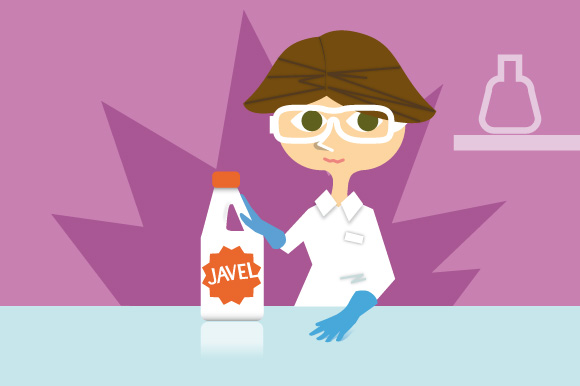
How To Clean Your Bathroom With Bleach. Bleach is a great product to use in the bathroombecause your bathroom contains many non-porous surfaces. ... Mix 1/2 to 3/4 cup of bleach with 1 gallon of water and apply the solution to the bathroom surface. Let the bleach solution stand for five minutes, then rinse and air dry.
![]()













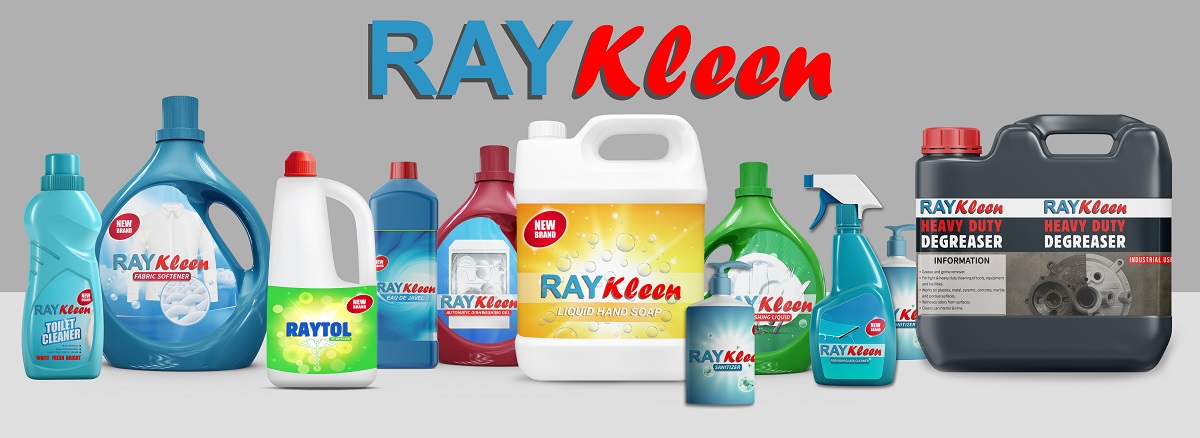

.jpg)
.jpg)
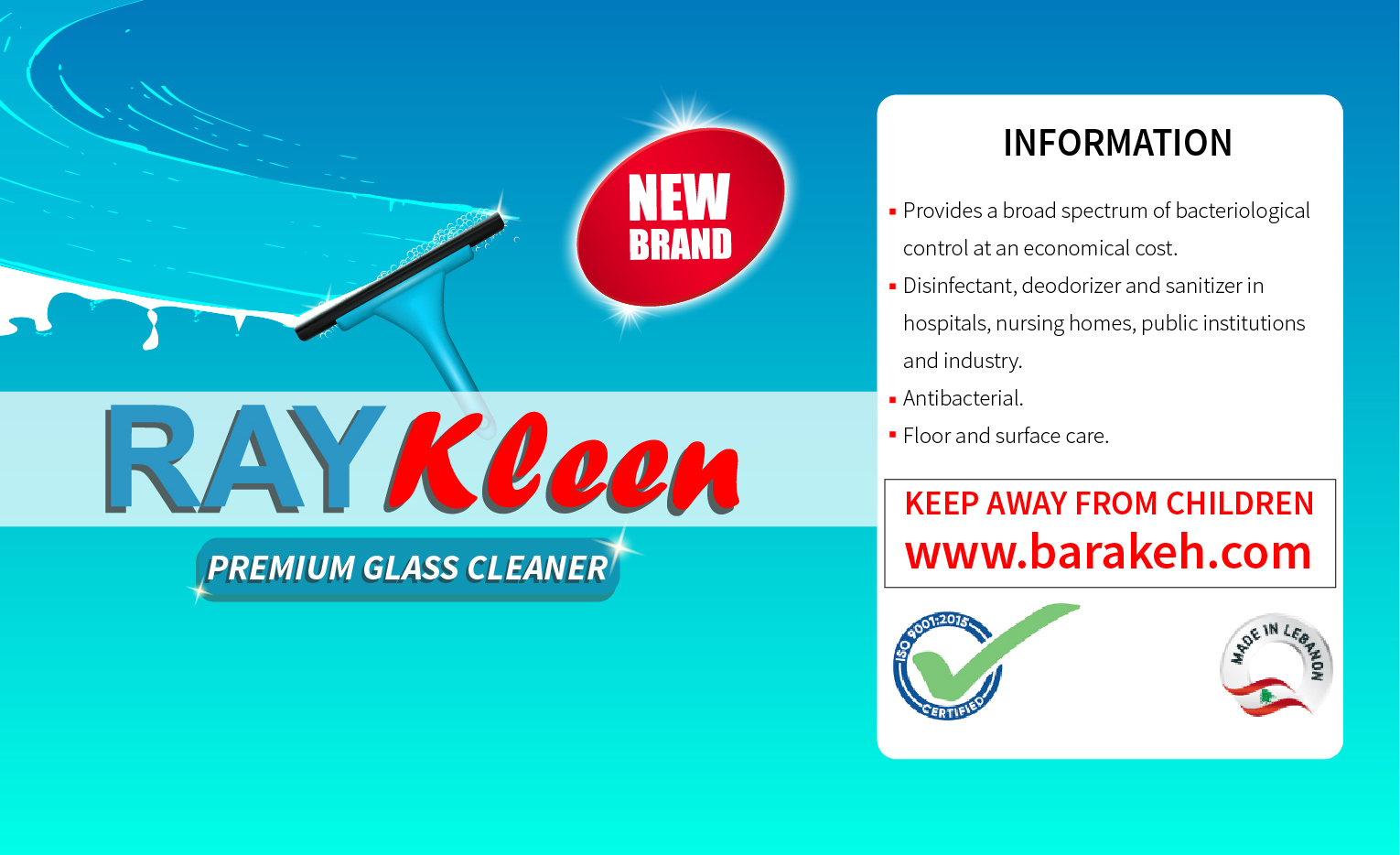
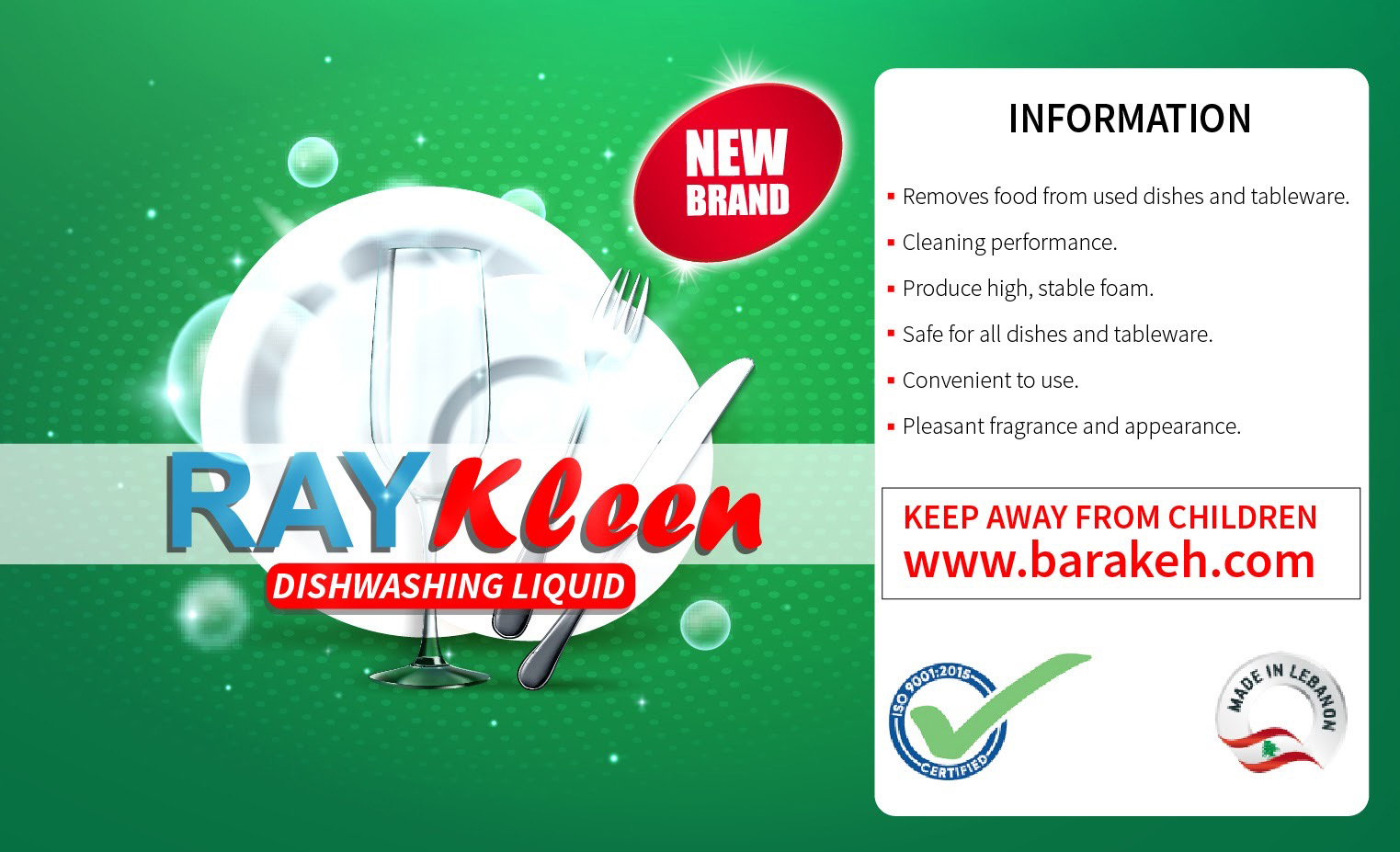
.jpg)
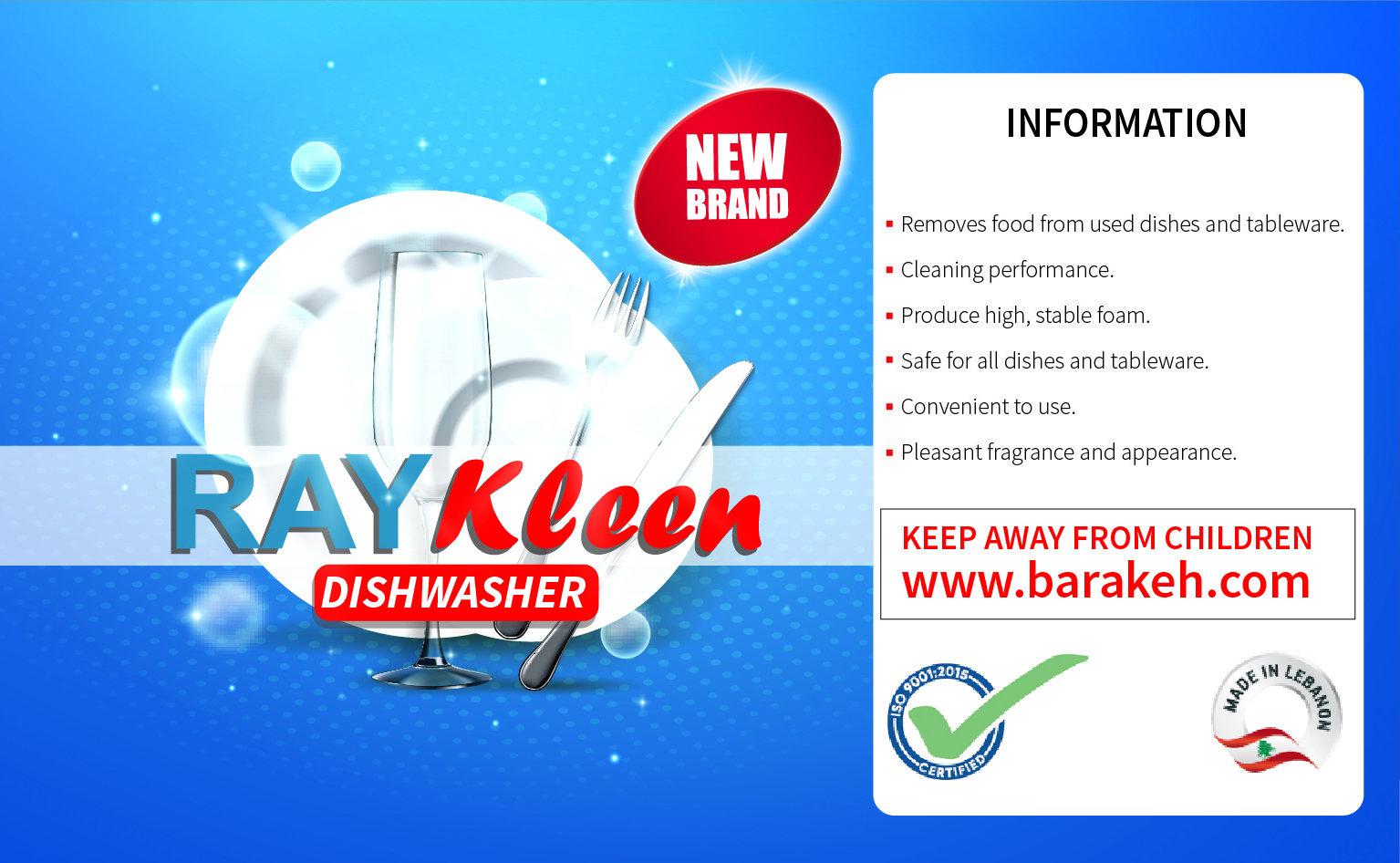


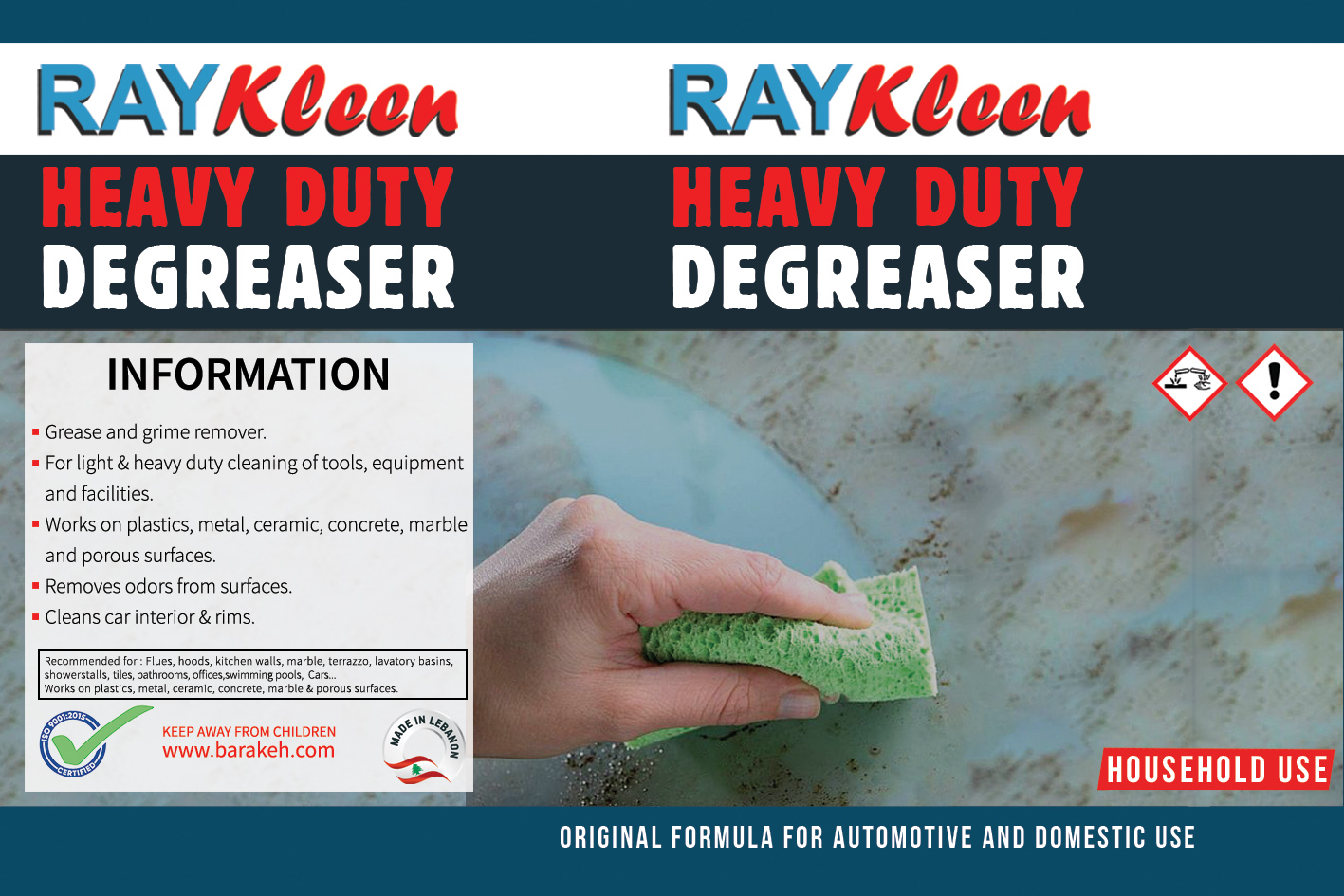
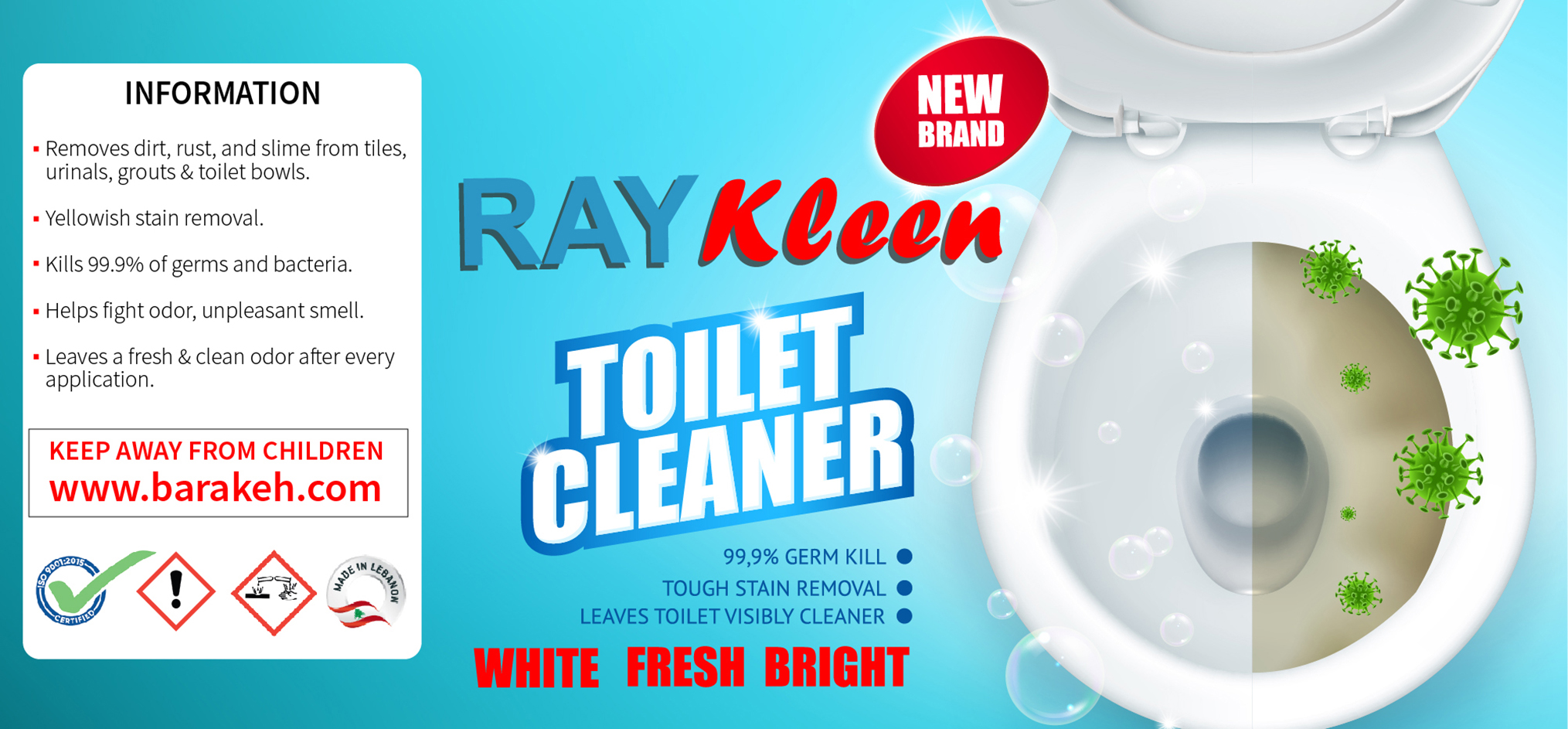

.jpg)
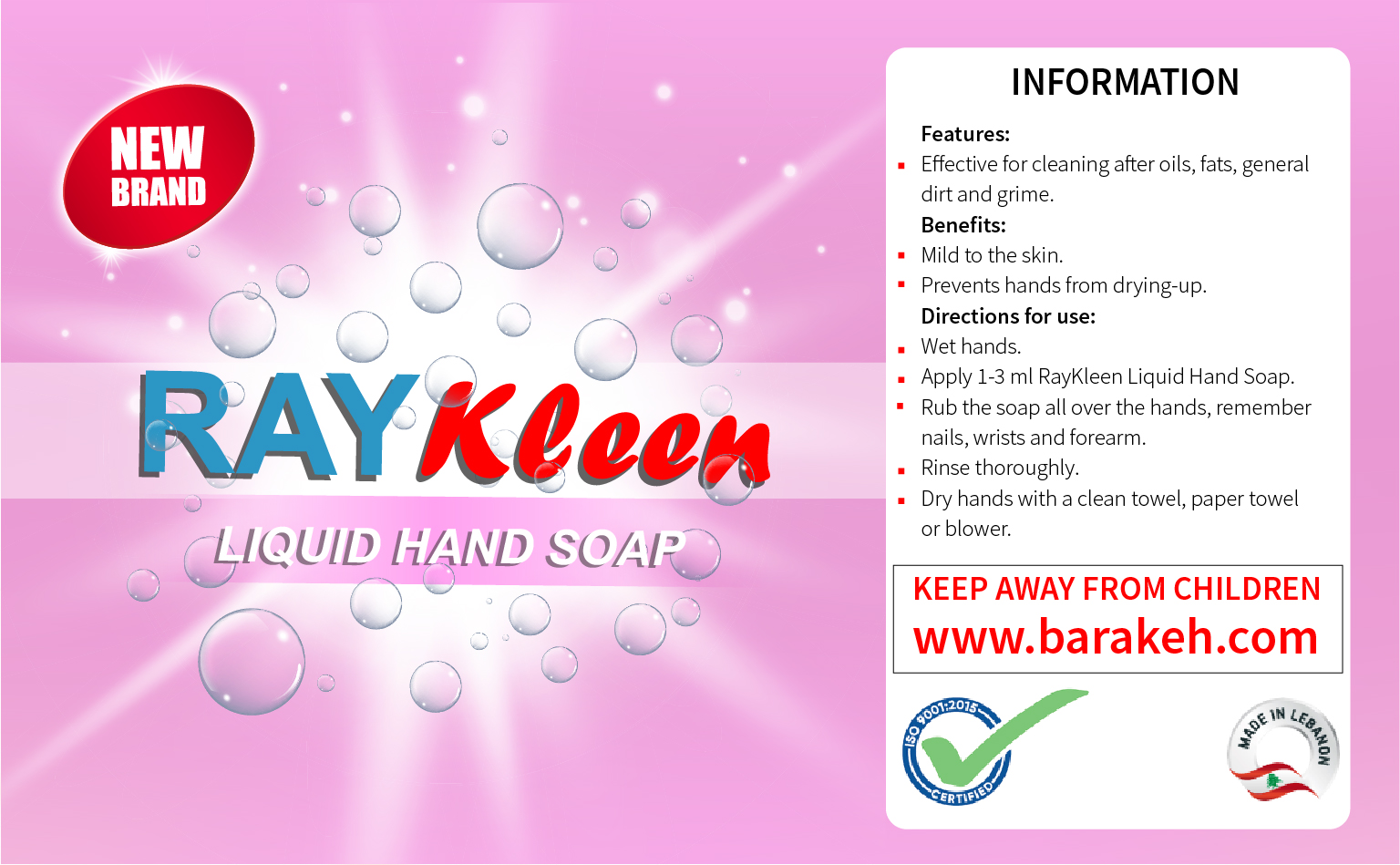
.jpg)
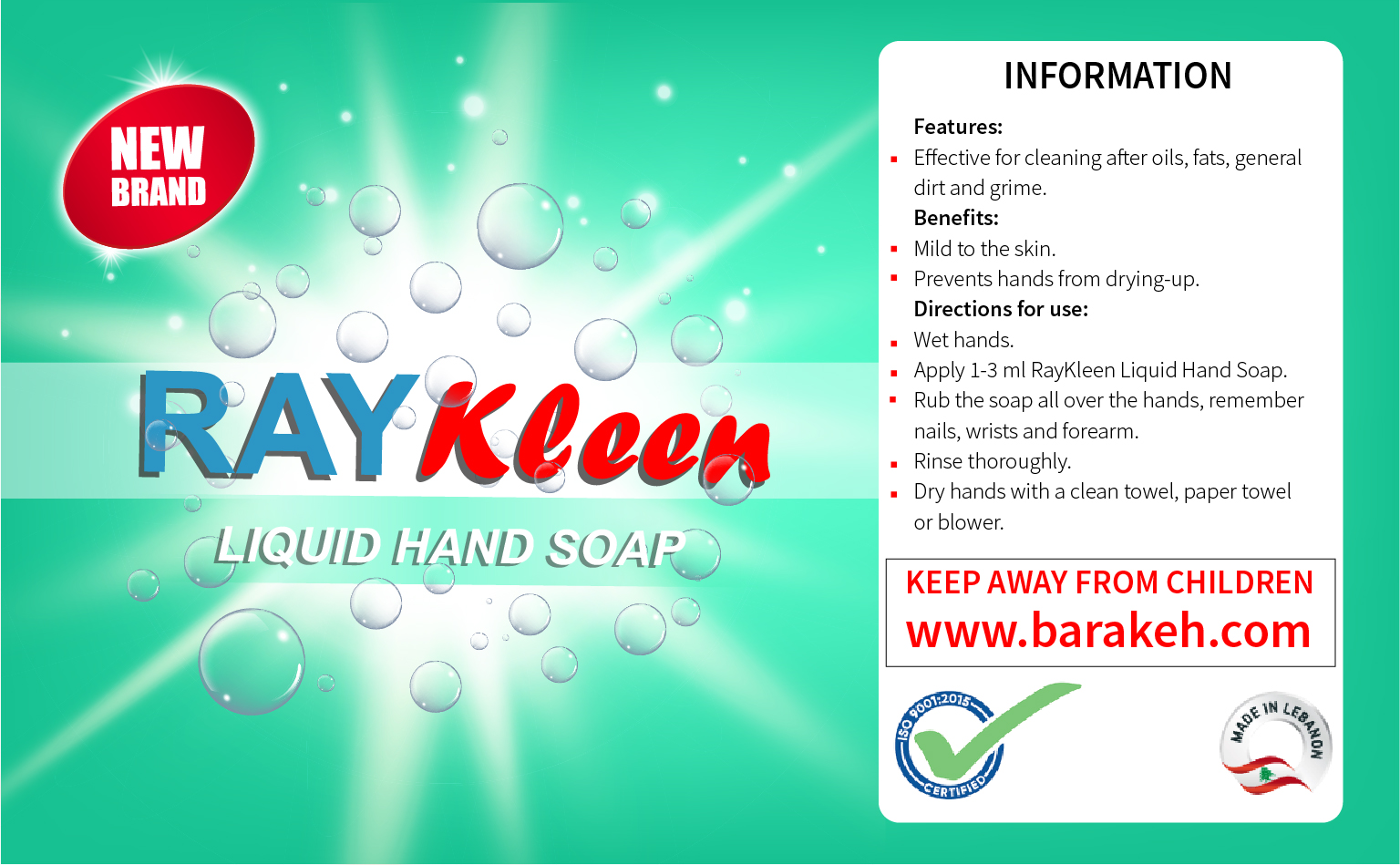
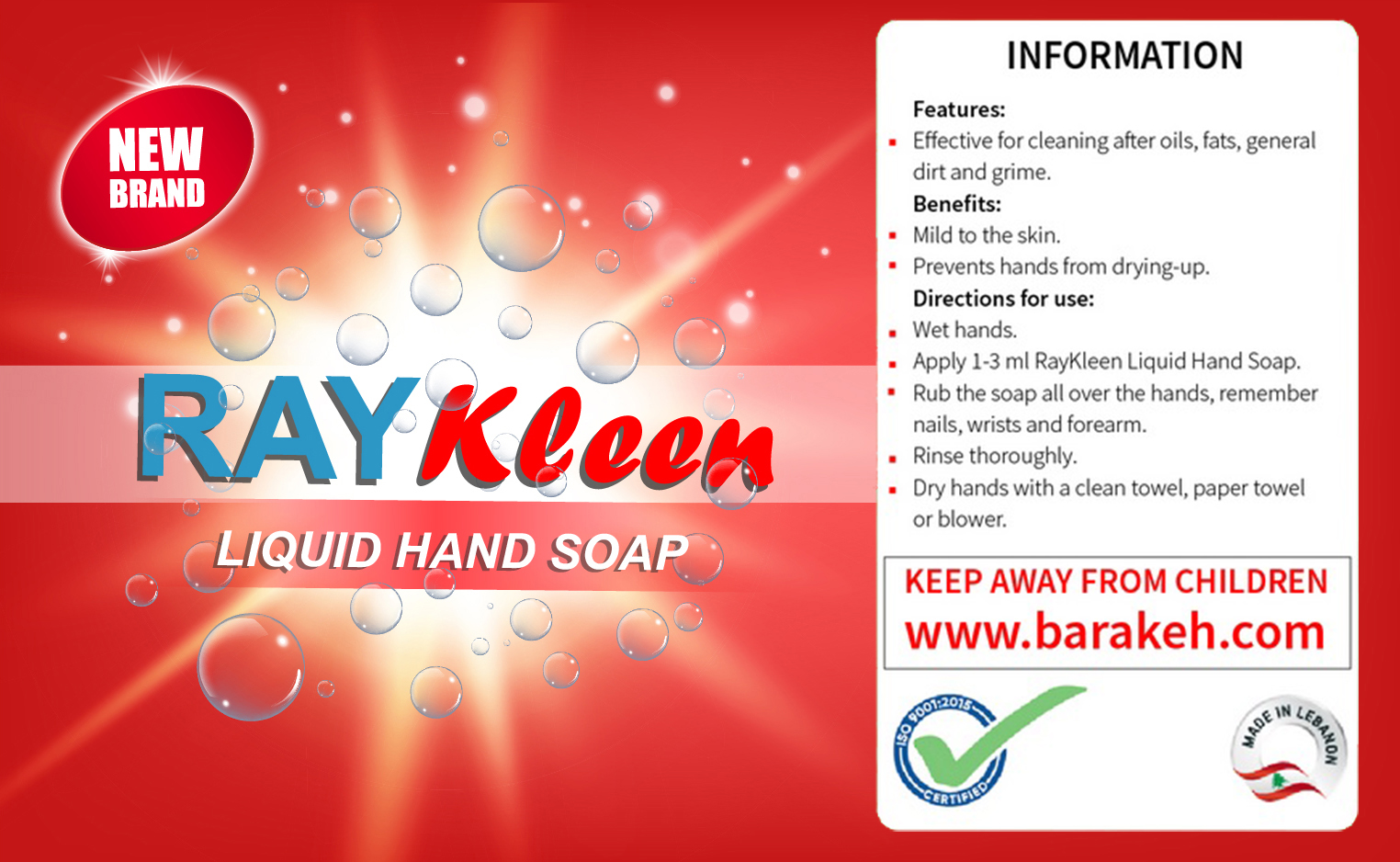
.jpg)
.jpg)
.jpg)





